Parents and teachers said they lack confidence in D.C Public School’s ability to deliver a successful modernization for the School Without Walls at Francis Stevens due to little communication from D.C. Public Schools and unacceptable conditions in the temporary schooling facility.
Francis Stevens, which houses elementary and middle school students, is in its final year of a three-year modernization process. The $57 million project is slated to be completed for the start of the 2024-2025 school year.
“I’m confident that D.C. Public Schools will tell us that our building is ready for next year, I do not know if the building will actually be ready or ready to a degree of quality,” said Zach Carroll, a middle school social studies teacher at Francis Stevens, as well as the Washington Teachers Union representative for the school.
Another DCPS school is expected to relocate to the temporary facility that Francis Stevens is currently using in the next school year, he said, so Francis Stevens staff and students will likely have to move back into the school’s 2425 N St. NW location whether the modernizations are satisfactory or even completed.
Parents also expressed a lack of faith in the quality of the modernization and in the city actually listening to feedback.
Leah Shoval, the parent of three children at the school, said, “They’re still not necessarily listening to the needs of the community, per se, in terms of things we care the most about. There are obvious budgetary constraints.”
Parents and teachers also expressed concerns that the school community has received about the modernization is heavily filtered and infrequent, leading to a lack of confidence in the project.
“I think we get fed information from the architecture firm a lot and from the [Department of General Service] project managers that is self-serving to some extent, and so it’s hard to know what’s actually getting communicated to the community,” Shoval said.
The DCPS facility planning and design point person on the project, Matthew Dela Cuesta, said he has no concerns and the modernization is on track to be completed on time and ready for the upcoming school year.
“By all accounts, we will be opening up in time to open the school and welcome students for school year 2024-2025,” Dela Cuesta said.
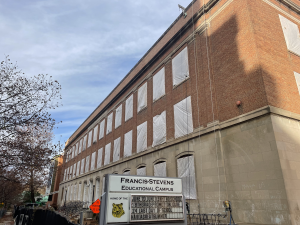
He also said the brunt of the requested feedback from the community was during the design phase of the project, back in 2021. However, economics have changed since the budget for the project was last decided, and the allocated funding has not.
“It doesn’t feel like our voices are being heard and/or that budgets are being changed with inflation, with material costs, anything like that,” Shoval said.
After two years in a temporary facility–the old Benjamin Banneker school two miles away–people are ready for a new building but hesitant that they will have the quality, modernized building promised by the city.
Already, some students have transferred due to the modernization, whether families don’t want to deal with children being bussed across town or for other reasons.
“A lot of people kind of jumped ship because they didn’t want to go across the city and get bussed across the city during the modernization, so the student body has sort of changed as well,” Shoval said.
Laura Frazier moved her elementary-aged son to another nearby public school at the start of the 2022-2023 school year before students were moved to the temporary site at Banneker.
“We chose to send him to the new school because of number one, communication not being great, the length of time they were going to be displaced, and then the convenience,” Frazier said. “We had another option available in our neighborhood that was an equally good school.”
Another family moved their daughters to the same school that Frazier moved her son to, she said.
“They did the same thing we did,” Frazier said. “They came to the same conclusion and switched both of their daughters to the other school.”
Communication was a key factor in the decision for Frazier to move her son.
“They didn’t really tell us any information, which motivated us to change schools, because they weren’t really keeping everyone up to date and clear on the modernization project. Plus the school that we sent him too was already renovated so we knew that there would be no chance of him having to re-locate or re-shuffle to a different place.”
According to data from DCPS and the National Center for Education Statistics, enrollment at the school has dropped from the 2019-2020 school year, which was before the modernization construction began, from 540 to 479 students last year.
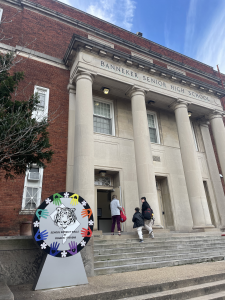
Additionally, Carroll said the temporary facility that Francis Stevens currently inhabits, this past week has had temperatures of over 90 degrees in a few elementary classrooms, Shoval and Carroll both said they have seen flooding as well as rats and mice in the building.
Shoval said her children have told her about heat issues at Banneker and continue to wear shorts and short-sleeved shirts to school, even in the winter, to deal with the high temperatures in the building.
“They’ve said things like, ‘it’s so hot don’t make me go to school with pants on, don’t make me go to school with long-sleeve shirts on, I never have enough water during the day,’ ” she said. “So all of those things to me create a learning environment that’s not exactly conducive to optimal learning spaces.”
Carroll also said he’s noticed disengaged students and attributed some of the lack of interest to the heat.
“It’s really difficult to lead effective instruction for young people and for young people to feel motivated coming to school when the school building is that hot and they don’t see anything being done to fix the issues,” he said.
Students feel undervalued and are more cognizant of the city’s lack of upkeep of their school building than many people realize, he said. They also appear tired and sleepy, and the heat in the building is likely a contributing factor.
“They have the feeling that they’re uncared for,” Carroll said. “They don’t see care for their personal well-being and basic needs.”

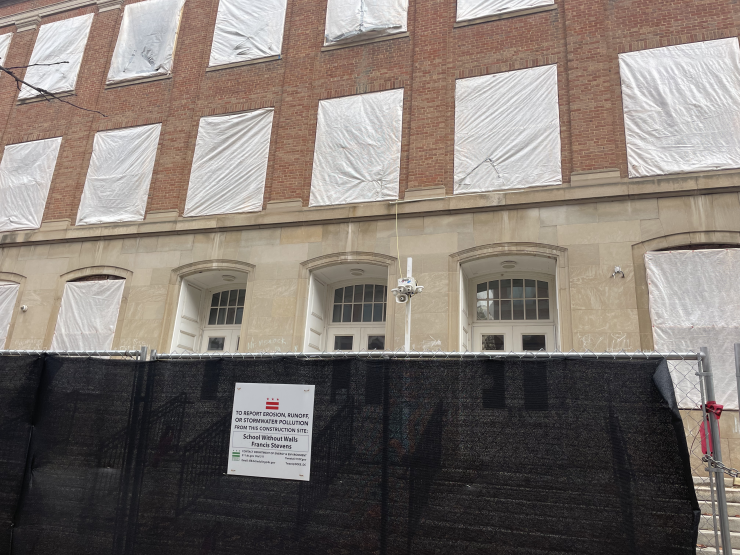
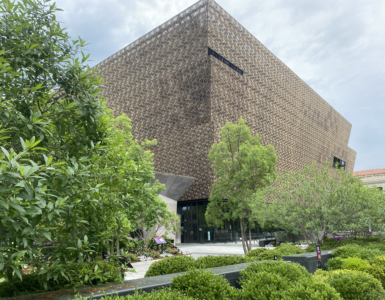
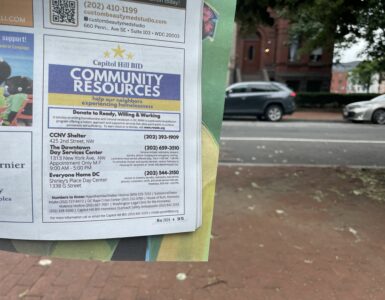
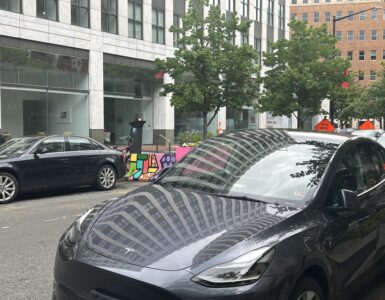










Add comment